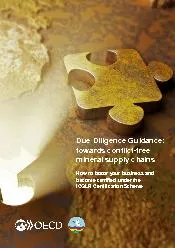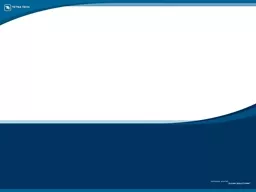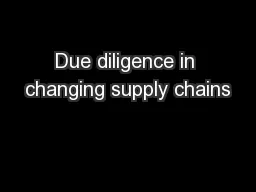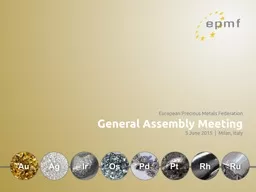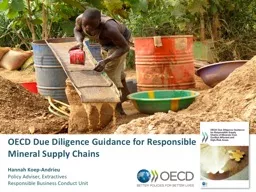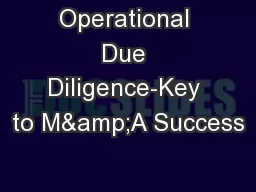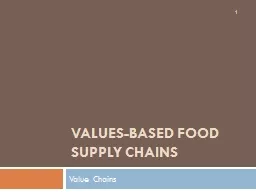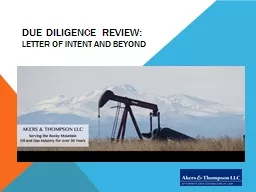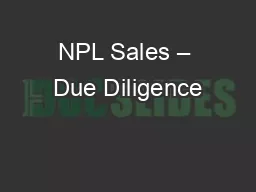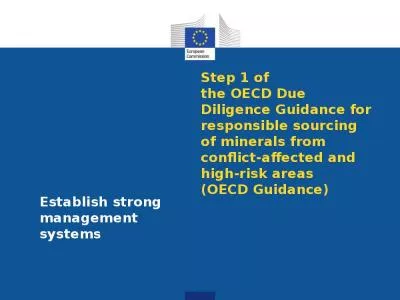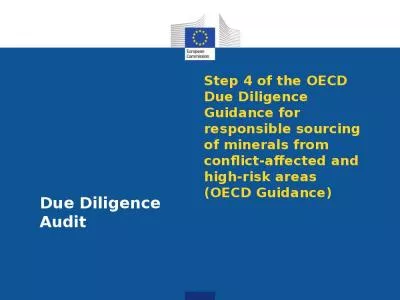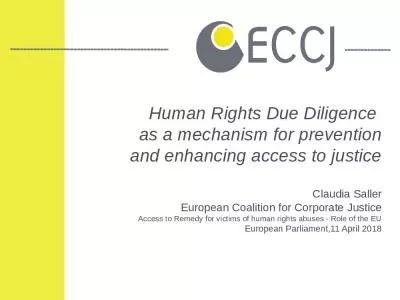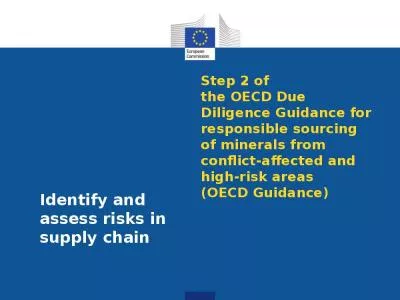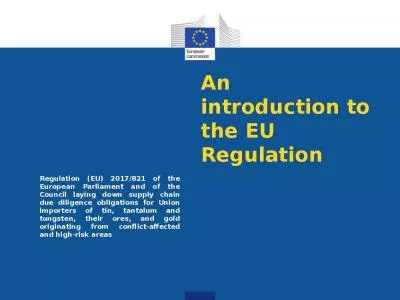PDF-Due Diligence Guidance towards conflict free mineral supply chains How to boost your business
Author : trish-goza | Published Date : 2014-10-29
Following the steps set out in this guide will help you become certified under the ICGRL Certification Scheme This guide is intended for use by artisanal and small
Presentation Embed Code
Download Presentation
Download Presentation The PPT/PDF document "Due Diligence Guidance towards conflict ..." is the property of its rightful owner. Permission is granted to download and print the materials on this website for personal, non-commercial use only, and to display it on your personal computer provided you do not modify the materials and that you retain all copyright notices contained in the materials. By downloading content from our website, you accept the terms of this agreement.
Due Diligence Guidance towards conflict free mineral supply chains How to boost your business: Transcript
Download Rules Of Document
"Due Diligence Guidance towards conflict free mineral supply chains How to boost your business"The content belongs to its owner. You may download and print it for personal use, without modification, and keep all copyright notices. By downloading, you agree to these terms.
Related Documents

